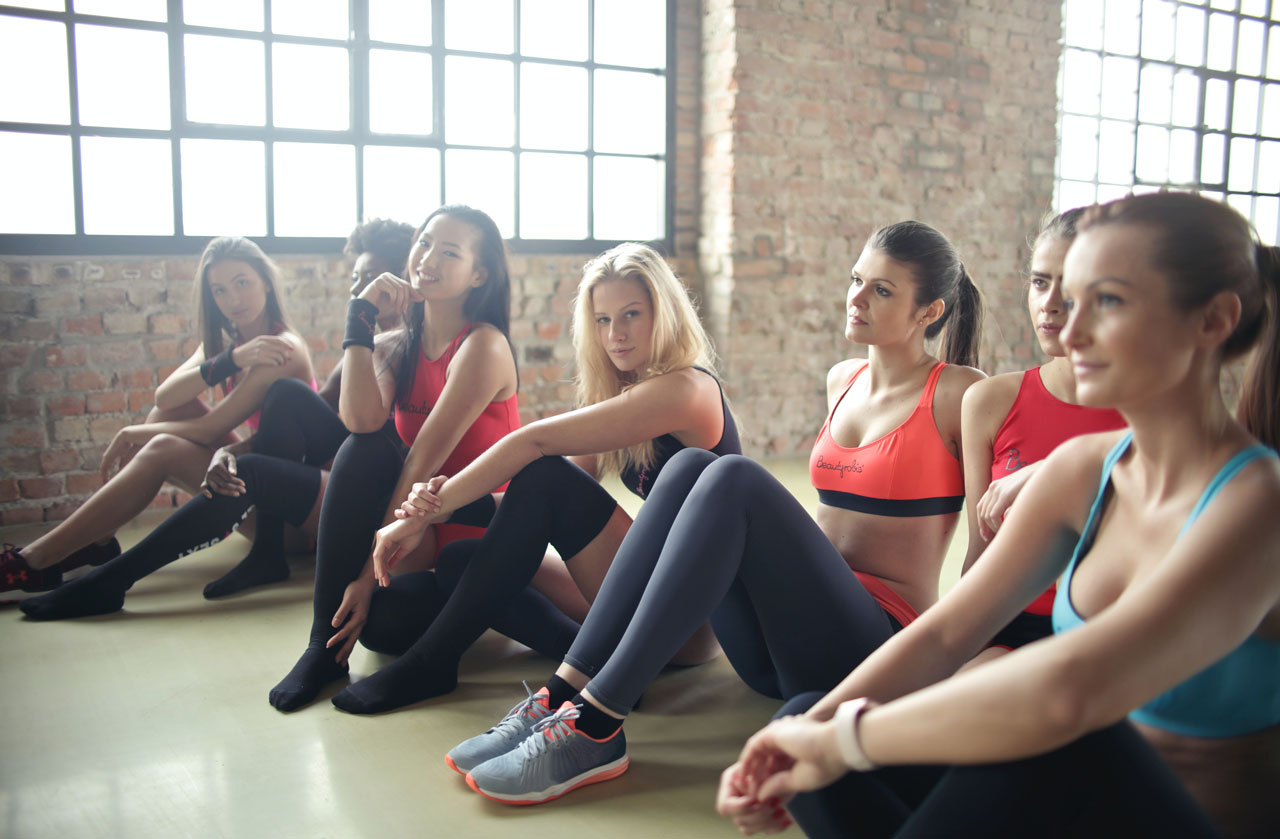Yoga is an amazing way to improve flexibility, strength, balance, and mental well-being. While yoga can be learned from home, taking live classes allows you to progress safely with guidance from experienced instructors. With so many class types and teachers available, it can be challenging to pick the style and environment best suited to your needs as a beginner. Follow these tips to choose rewarding yoga class that match your goals.
Table of Contents
You may also want to know: How to Start a Yoga Practice
Consider Your Intentions First
Reflect on what draws you to yoga in the first place, which could involve:
- Safely improving flexibility, strength, and balance
- Reducing stress and anxiety to find calm
- Learning proper body alignment to prevent injury
- Meeting health goals like building muscle, losing weight, or training for a race
- Escaping an overly busy life through mindfulness
- Seeking community and making new connections
Having clear intentions helps select yoga styles and teachers that align with your purpose. Be open to modification or trying new styles that surprise you.
Evaluate Class Descriptions
Class descriptions indicate the style, intensity level, focus, and specialized props:
- Style: Vinyasa, Hatha, Restorative, Yin, etc. Research unfamiliar names.
- Level: Beginner, intermediate, and advanced classes. Start basic.
- Intensity: Gentle, moderate, or vigorous pace. Choose gentle when starting out.
- Focus: Flexibility, meditation, back care, athletic training, etc.
- Props: Equipment used like blocks, blankets, straps, or yoga wheels. Useful for modifications.
Avoid unclear descriptions lacking details. Ask the studio directly if you need clarification before signing up.
Assess the Instructor
The teacher hugely impacts your experience. Consider:
- Credentials – Completed teacher training program? How many years of experience?
- Teaching Style – Warm, compassionate, humorous, strict, hands-on adjustments, etc.
- Experience with Beginners – Do they offer modifications and check for understanding?
- Areas of Specialization – Working with seniors, athletes, chronic conditions, meditation, etc.
- Personal Vibe – Do you feel comfortable in their class? Important for vulnerable practice.
Don’t rush into a commitment with one teacher. Sample classes with different instructors until the right fit clicks.
Visit the Studio First
To gauge compatibility, visit studios before purchasing class packages:
- Take advantage of free or discounted trial classes to test studios out.
- Notice the cleanliness, smell, lighting, and overall ambiance. Conducive to focus?
- Assess the convenience of location and schedule. Compatible with your routine?
- Get to know fellow students. Is the community welcoming? Judge social fit.
- Consider amenities like lockers, showers, parking, etc. Important conveniences.
Trust your intuition on whether a studio feels like the right space for you. You want an environment you look forward to practicing in.
More Tips for Choosing Yoga as a Beginner
Also factor in:
- Class Size – Smaller classes allow more personalized attention.
- Schedule – Pick convenient times you can consistently attend each week.
- Cost – Shop price since unlimited packages can get pricy. Payment plans help.
- Props – Bolsters, straps, and blocks for modifications are ideal.
The best yoga classes leave you feeling open, at ease, and recharged. Let these tips guide you to teachers and studios that make yoga uplifting. Pay attention to what your mind and body respond well to. Sample diversity until you find your perfect fit!
Tips for Getting the Most from Yoga Classes
Follow these tips to succeed as a yoga class newbie:
- Arrive 10-15 minutes early to get settled, speak with the instructor, and practice centers.
- Bring a towel, water bottle, and any useful props like blocks or straps.
- Take modifications for poses like bending knees or using a wall for support. There is no shame in props!
- Focus on breathing slowly and smoothly between poses just as much as holding the poses themselves.
- Stay for the full duration, even during long rests in Savasana. Avoid abrupt exits.
- Introduce yourself to classmates and stick around after to deepen community connections.
- Clarify anything you didn’t understand after class with the teacher. Ask for pose modifications.
- Keep an open mind and don’t get frustrated if you can’t master poses quickly. Progress takes time.
Related Links:
